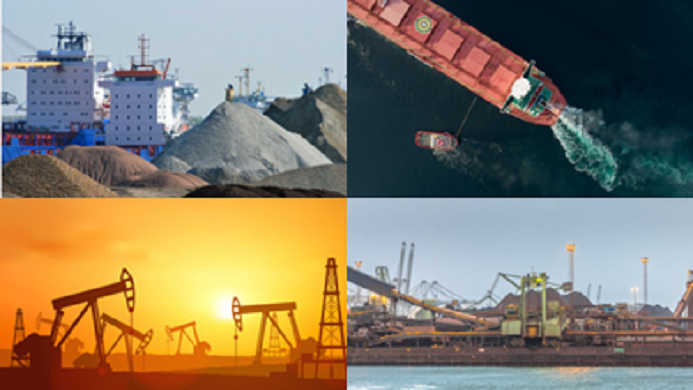It is one of the best-known Beatles songs from their final studio album Let It Be, but it also encapsulates perfectly the challenge many commodity markets face as they begin to recover from the enormous disruption of Coronavirus.
The pandemic has impacted every metric you can think of: quantitative easing, government debt, unemployment, share valuations, corporate borrowing to name but a few, and to move forward to some sort of ‘normality’ is going to be a complicated and a long process.
OPEC has noted in its own report that it expects oil demand to be off 9% in the second half of this year, with the IEA throwing salt in that wound by forecasting that oil demand won’t be back to pre-virus levels until 2022. Forget Turkeys voting for Christmas, this is the Turkeys coming up with a whole cookbook of bird-related recipes.
Despite this, crude has begun its slow climb northwards, with prices recovering to around the $41 level. Granted at face value, it doesn’t look particularly amazing, but if we remind ourselves that in April Brent was below $20 it looks much more significant. Some 5 mil bpd of demand looks set to return to the market the rest of this year, which is helping somewhat in the price climb.
There is also the somewhat suspect number massaging of OPEC and its cut extension, coupled with the shrinking US oil output. Most current forecasts out there point to a slow incline in the near future, but it’s more tortoise than hare on current trends.
Iron ore has hit a fork in the road. It has been rangebound in the last week, unsure which way to go after it bucked the downward trend of other commodities and smashed through the $100 mark. Down one fork is falling steel demand and potential for lower construction activity in the recovery environment.
Down the other is supply disruption from Brazil, which could increase prices if supplies of its higher grade ore continue to be hit by the growing crisis in the country. We have mentioned several times iron ore’s resilience to the outbreak in futures markets, but getting back to normal in the physical market is much more than a quick fix.
Dry freight has flown upwards, coasting along on the highway to higher rates. C3 has moved from $11.30 early last week the over $19. The paper market on Capes has pushed from $13500 in the middle of last week to $21500. The back end of the curve moved up less, but it has still been a welcome break from rock bottom rates which have been a feature for much of this year.
The airline industry probably has the steepest mountain to climb and is taxiing rather than accelerating for take-off. Companies including Flybe, Great Northern Aviation and Wow have already gone bust, while other legacy carries have secured large bailouts, some of them in the EU.
Things may be improving a little bit as passenger travel increases slightly, but travel is still down some 70%. With advice from Australia that it is planning to keep its border shut into next year, it seems that the only short term hope is an increase in internal flights as governments try to give citizens some sort of summer/winter holiday this year.
The UK government meanwhile has come out to say that it is going to consider debts run up during COVID19 more like war debt than ‘normal’ debt and pay this back over a longer period than usual. Bearing in mind that British war debt from the Second World War was only completed on 31 December 2006, some 61 years after VE Day, that’s not exactly the most encouraging thing to hear for the next generation of workers. Mind you, everything else they’ve done since the outbreak has been a roaring success so who are we to question it.
We’ve started the recovery. How long it takes, and what form, is another matter.
